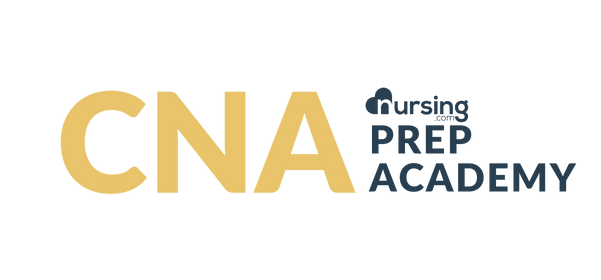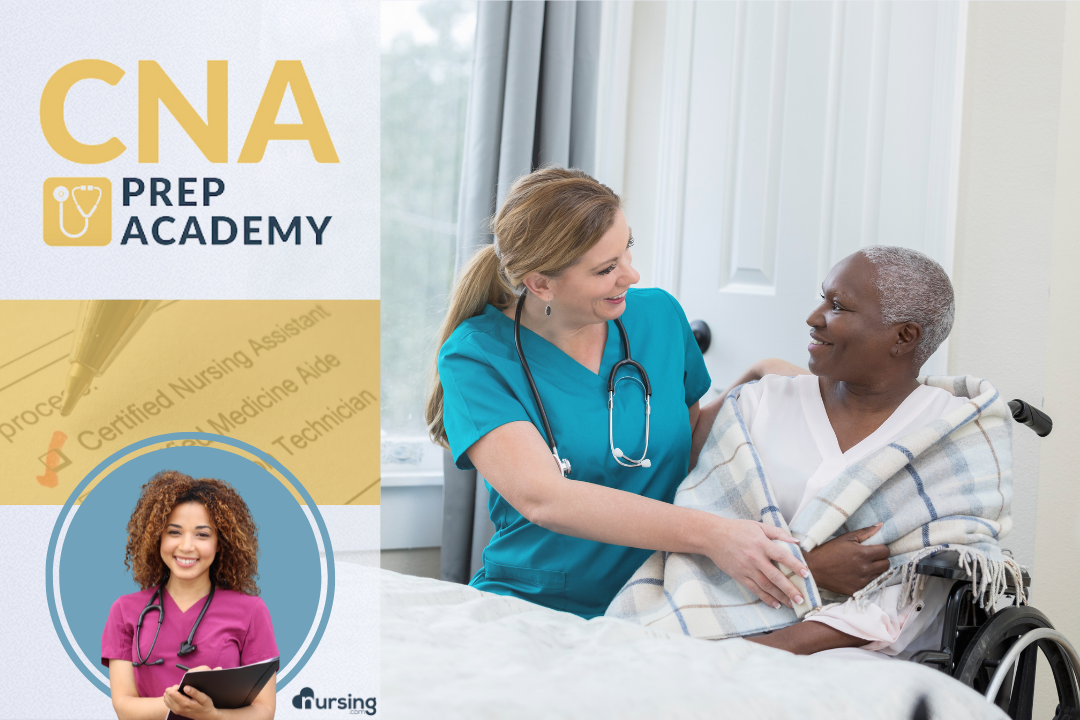Module 1 - Activities of Daily Living
Module 2 - Factors Influencing Community Health
Module 3 - Growth & Development
Module 4 - Individualized Patient Centered Care
Module 5 - Medical Terminology
Module 6 - Nursing Skills
Module 7 - Nutrition & Fluid Balance
Module 8 - Safety & Infection
Module 9 - Team Communication
Module 10 - Written Communication
Module Bonus - Transition to Nursing School
Positioning
Overview
- Positioning
- Reasons for positioning
- Common types
- Other types
Nursing Points
General
- Reasons for positioning
- Identify Needs
- Response to a need
- Think “form and function”
- Common Types
- Fowlers
- Elevation of the head of bed
- Degree dependent on the problem or complaint
- Higher degree indicates better thoracic expansion
- Decreases likelihood of aspiration
- Low Fowler’s
- 15°-30°
- Semi-Fowler’s
- 30°-45°
- Fowler’s
- 45°-60°
- Most common position
- High Fowler’s
- 60°-90°
- Promotes best chest expansion
- Elevation of the head of bed
- Flat types
- Supine
- Face up
- Most common
- Prone
- Face down
- Used commonly in surgery
- Also used with specialty beds like the Roto-Prone for respiratory disease
- Flat
- Used for spinal precautions
- Trendelenburg
- Trendelenburg
- Used for certain procedures
- Reverse Trendelenburg
- Used to promote gastric emptying
- Supine
- Fowlers
- Others
- Sims position
- Used for pregnant patients or ideal for suppository administration
- Dorsal recumbent
- Lying flat, but with arms overhead
- Used most commonly for abdominal exams
- Lithotomy
- Used in pelvic exams
- More commonly used by providers, but still used by nurses for dilation exams
- Sims position
Assessment
- Needs of patient may change ordered position.
- Use nursing judgment
- Promote prioritization
- Discern patient’s primary ABC needs in patient positioning
- Don’t sacrifice airway because of an order
- Take heed of any cervical or spinal precautions
- Assess patient’s pain and comfort needs
- Consider this when using interventions like traction
Therapeutic Management
- All positioning can be implemented unless there is a strict order
- Use additional resources such as UAPs or other RNs to properly position a patient
- Promote airways, breathing, circulation priority
- Consider aspiration risks
Nursing Concepts
- Safety
- Patient-Centered Care
- Comfort
- Clinical Judgment
Patient Education
- Educate patient on need for turning to offset pressure if capable
- Explain to patient that certain positions are needed
- Walk through with your patient the different maneuvers for patient positioning

